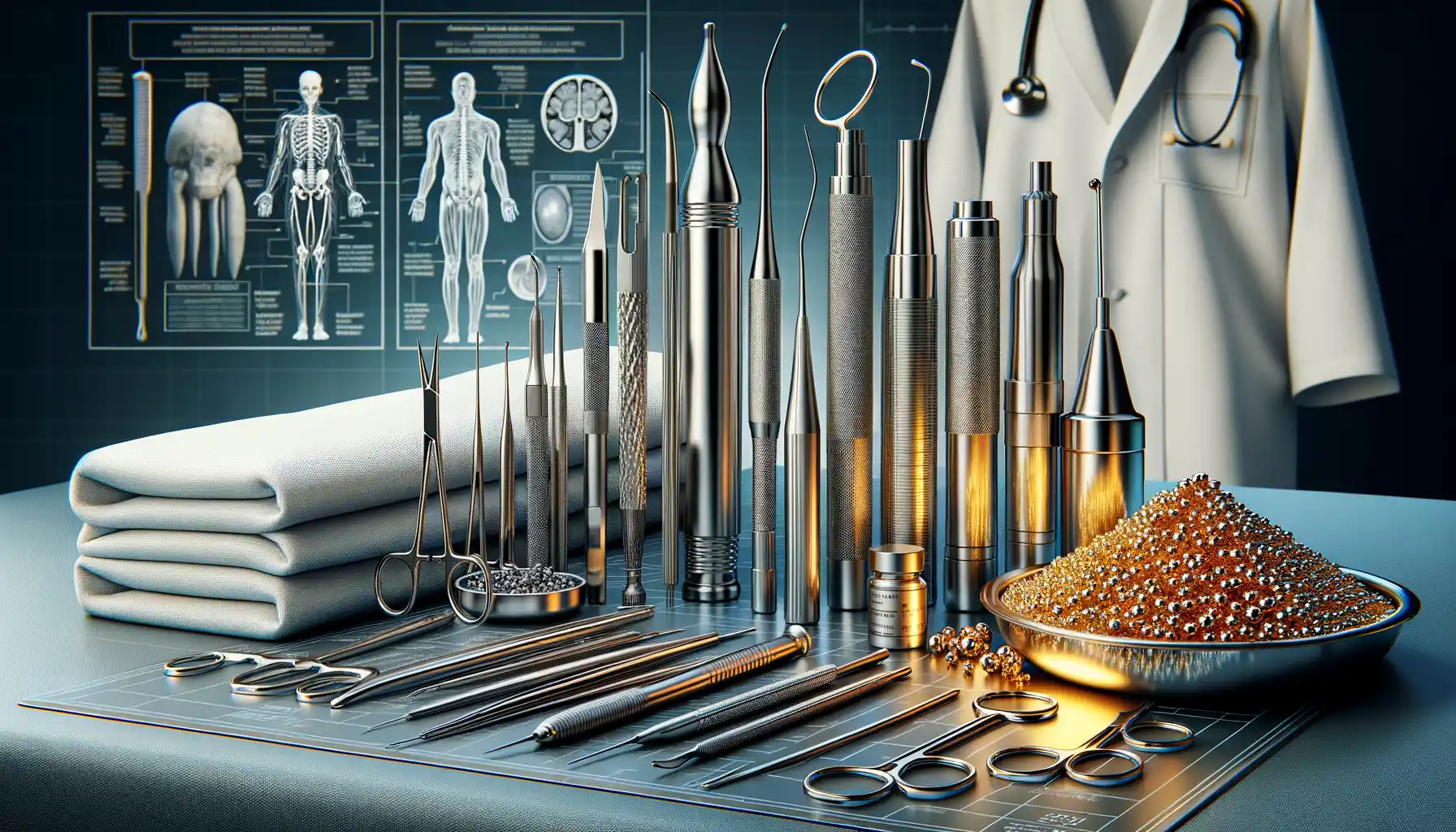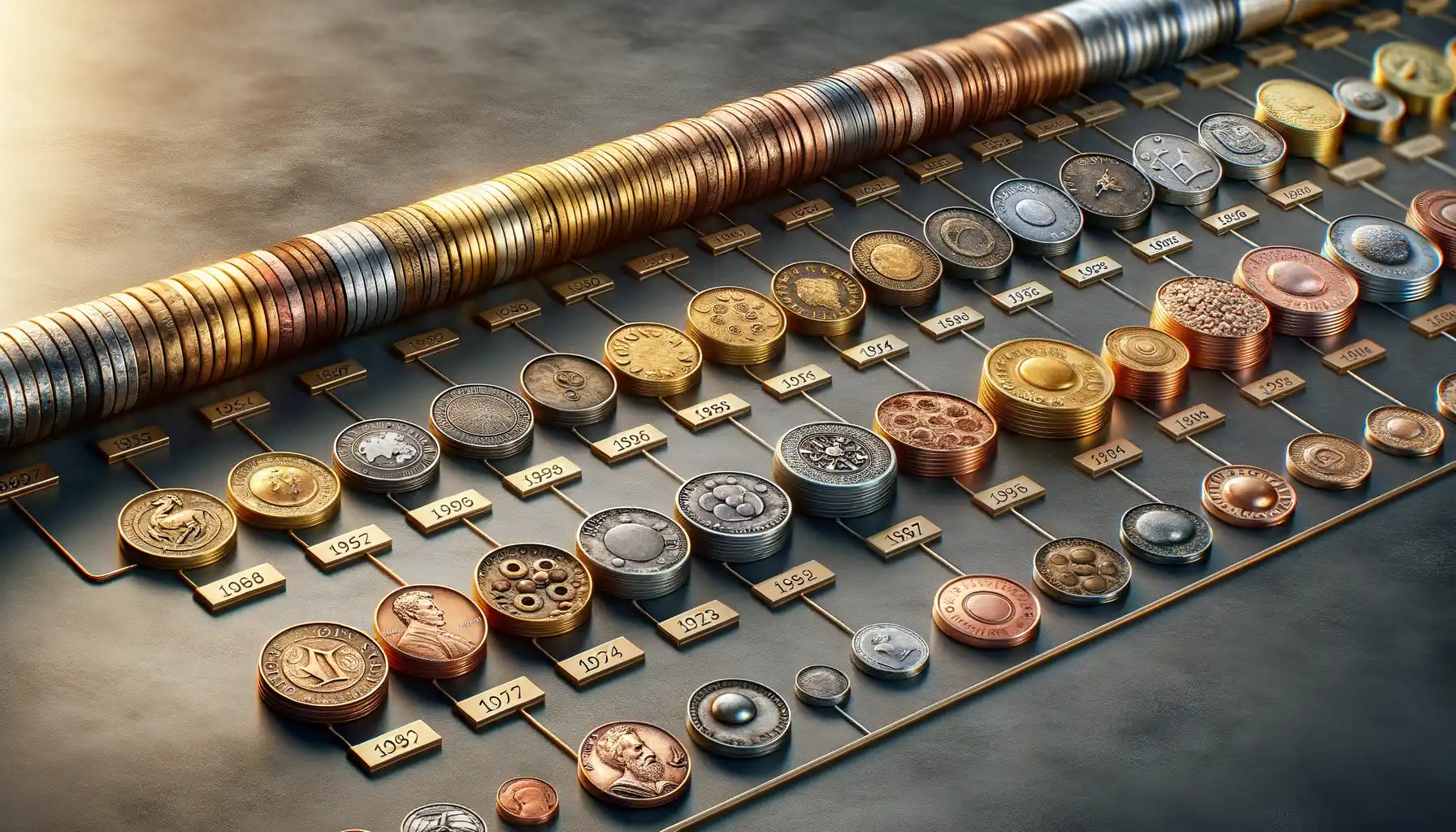Introduction to Metals in Human History
Have you ever stopped to wonder how the glint of a coin, the shine of a bracelet, or even the materials in your medicine cabinet trace their way back through time? Metals have been our silent companions for thousands of years—shaping civilizations, sparking revolutions, and even saving lives. Their journey through human history is nothing short of extraordinary.
The First Bond Between Humans and Metals
Picture this: ancient humans discovering chunks of bright, golden metal gleaming in stream beds. This was likely their first encounter with gold, a metal so soft and pure that it didn’t need refining. Soon after came copper—hammered into tools and eventually smelted into more durable shapes. By the time iron entered the picture, humanity was unstoppable, forging swords, plows, and the very foundations of empire-building.
Why were metals so irresistible? Well, their strength, malleability, and shine gave them an almost magical allure. But beyond beauty, they were deeply practical, too.
- Gold: Symbol of power, used in decoration and early coins.
- Copper: A conductor of energy—literally and figuratively, linking us through tools and trade networks.
- Iron: The backbone of weapons and agriculture alike.
How Metals Became Tapestries of Culture
The story of metals isn’t just one of tools and technology—it’s woven into how societies told their stories. Think of silver coins, used not merely as currency but as emblems of entire dynasties. Or the discovery of aluminum, which was once so rare it rivaled gold in value. These glimmers of history remind us that metals are more than materials; they’re chapters in the human experience.
From ancient forges to modern laboratories, metals connect us to our past while lighting the way forward. Isn’t it fascinating how something born in the earth can become such an integral part of who we are?
Applications of Metals in Medicine

Life-Saving Metals That Reshape Modern Medicine
Picture this: tiny particles of metal working tirelessly inside the human body, almost like invisible superheroes. That’s the reality of metals in medicine today, where science and innovation collide to create life-changing treatments for millions. For instance, think about how titanium, with its unyielding strength and biocompatibility, is used in hip replacements, giving people the freedom to walk again pain-free. It’s not just a material—it’s a game-changer.
But that’s just scratching the surface. Metals are weaving miracles in ways that feel almost futuristic:
- Gold nanoparticles aren’t just beautiful—they’re harnessed in cancer therapies to target tumors with laser-sharp precision.
- Silver, nature’s little antimicrobial powerhouse, is found in wound dressings to prevent infections.
- Even the essential yet understated copper plays a role, aiding in vascular health and supporting enzymes critical for healing.
From pacemakers lined with platinum to zinc supplements essential for immunity, metals have threaded their way into the fabric of our health. Isn’t it awe-inspiring? Each one tells a story of resilience, innovation, and hope—proving that even the toughest materials can have the gentlest touch in saving lives.
The Historical Role of Metals in Coinage

Metals: The Heartbeat of Ancient Economies
What jingles in your pocket today—nickels, dimes, quarters—started as the lifeblood of ancient trade and empires. The role of metals in coinage wasn’t just convenient; it was revolutionary. Imagine bartering chickens for bread. Awkward, right? Then came **metals**, gleaming and valuable, a universal currency that transformed chaotic barter into streamlined commerce.
Civilizations favored specific metals, each with its own story:
- Gold: Coveted for its rarity and untarnished beauty, kingdoms embossed this “eternal metal” with the faces of rulers.
- Silver: Durable yet malleable, silver coins fueled bustling markets from Athens to the Silk Road.
- Copper: Affordable and abundant, copper became the people’s coin in everyday transactions.
Coins weren’t just money—they were statements. Picture the shine of a Roman denarius, proclaiming the might of Caesar, or the intricate designs of **Chinese cash coins**, symbolizing harmony. Minting coins was political and personal: a king’s face stamped into something you held every day.
Today, while digital wallets dominate, the legacy of **metal coinage** endures—its weight measured not just in ounces but in history itself.
Benefits and Challenges of Metal Usage

The Bright Side of Using Metals
There’s no denying it—metals have been humanity’s secret weapon for centuries. From life-saving tools to the glint of a coin in your pocket, they’re everywhere. But why are they so indispensable? One word: versatility. Take stainless steel, for example—it’s the hero of surgical instruments, ensuring precision and sterility during medical procedures. Meanwhile, metals like copper and gold practically sing when it comes to electrical conductivity, powering our modern world.
And then, there’s their *sheer strength*. While iron may be synonymous with durability, alloys like titanium take this to superhero levels. Need something lightweight yet strong enough to withstand space travel? Titanium’s got you covered.
But let’s not overlook aesthetics. There’s something almost magical about the way metals can be molded, polished, and shaped into everything from prosthetics to coins with intricate designs. Imagine holding an antique gold coin—there’s history in its weight, beauty in its shimmer.
- Durability: Metals stand the test of time—literally.
- Conductivity: Essential for tech and innovation.
- Biocompatibility: Perfect for implants and medical tech.
The Shadows That Come with Shine
Yet, every silver lining has its shadow. Mining for these precious materials? It can devastate landscapes, leaving scars on Mother Earth that take lifetimes to heal. And let’s talk about cost—some metals, such as platinum, might as well be called liquid gold, given how expensive they are to extract and refine.
Not to mention, metals have their kryptonite: corrosion. Left unchecked, even the mighty iron succumbs to rust, weakening structures. Worse still, there’s the risk of toxicity. Trace amounts of heavy metals like lead or mercury in the wrong place can spell disaster for human health.
Navigating these challenges means treading a delicate balance between innovation and responsibility. And just like coins, the story of metal usage has two sides—gleaming benefits and gritty obstacles.
Future Perspectives on Metal Utilization

Revolutionizing the Way We Use Metals
The future of metal utilization is nothing short of dazzling. Imagine a world where metals don’t just sit passively in your wallet as coins or remain confined to high-tech surgical tools. Instead, they actively shape the way we live, heal, and even interact with the planet.
Picture this: self-healing alloys that repair cracks on their own, much like how your skin stitches itself back together after a scrape. These aren’t just science fiction anymore—they are on the horizon, ready to transform industries from construction to aerospace. Or consider the rise of biodegradable metal implants. Magnesium-based screws and pins could one day dissolve harmlessly into the body after healing an injury, eliminating the need for a second surgery.
- Nanoparticles of gold, already used in cancer treatments today, may soon deliver drugs with pinpoint accuracy, reducing side effects.
- Advanced recycling techniques could enable us to recover rare earth metals from old electronics while generating zero waste.
What’s incredible is that many of these breakthroughs don’t just address modern challenges; they feel like nature and technology working in perfect harmony—blurring the lines between science and magic.
Shaping an Eco-Metal Future
Let’s talk sustainability. Metals have been our allies for centuries, but they must step up to new challenges in a warming world. Picture skyscrapers made from carbon-sequestering steel, where the very material plays a role in reducing greenhouse gases. Or imagine using metals harvested from ocean floors without disturbing delicate ecosystems—a possibility researchers are racing toward.
One fascinating idea currently under study involves creating “infinite metals.” These materials, designed to be recycled endlessly without losing quality, could redefine our throwaway culture forever. The potential? Massive energy savings and a measurable dent in global emissions.
As cutting-edge as these ideas are, one thing stays timeless: humanity’s knack for turning metals into miracles. And if history has shown us anything, it’s that we’re only scratching the surface of what we can create.
